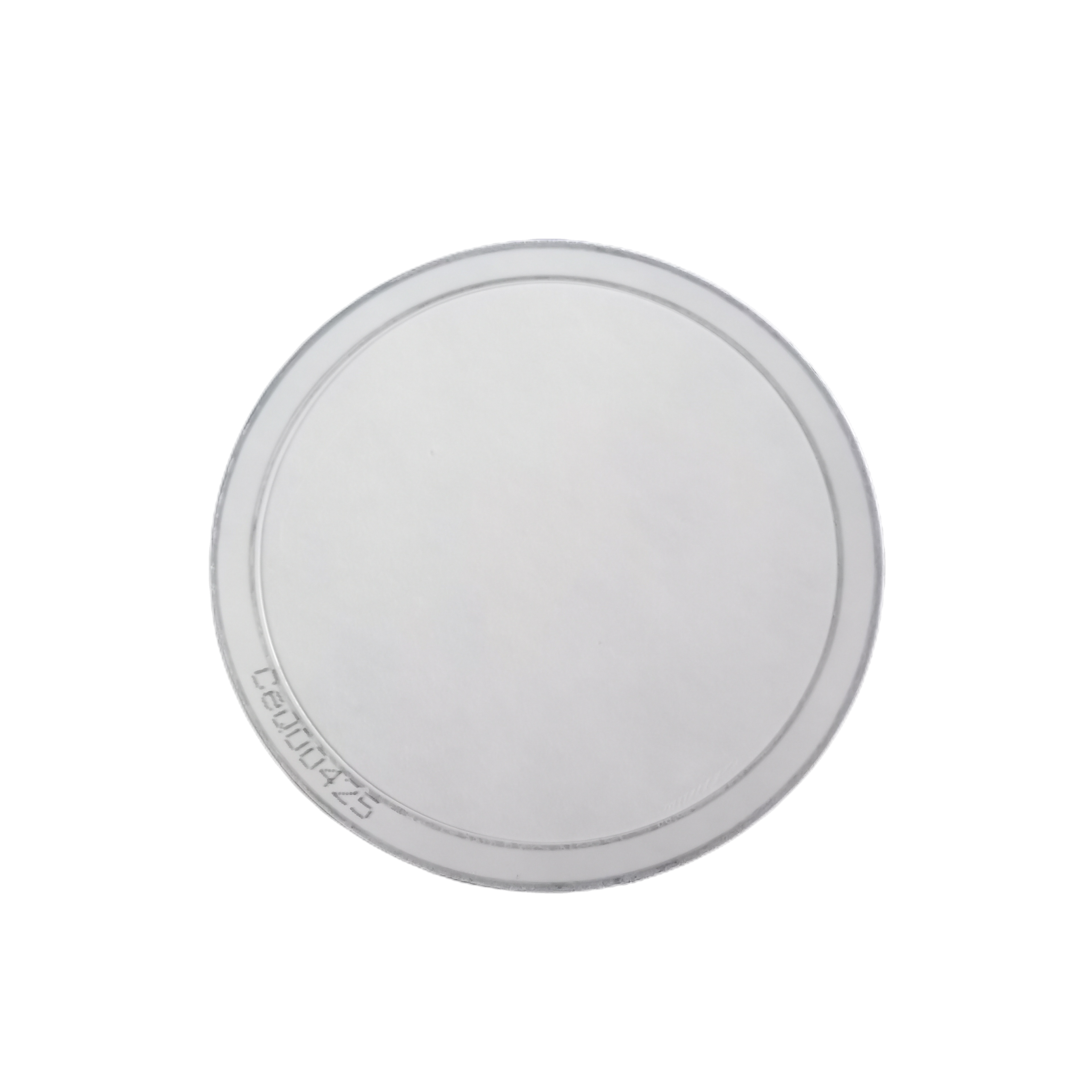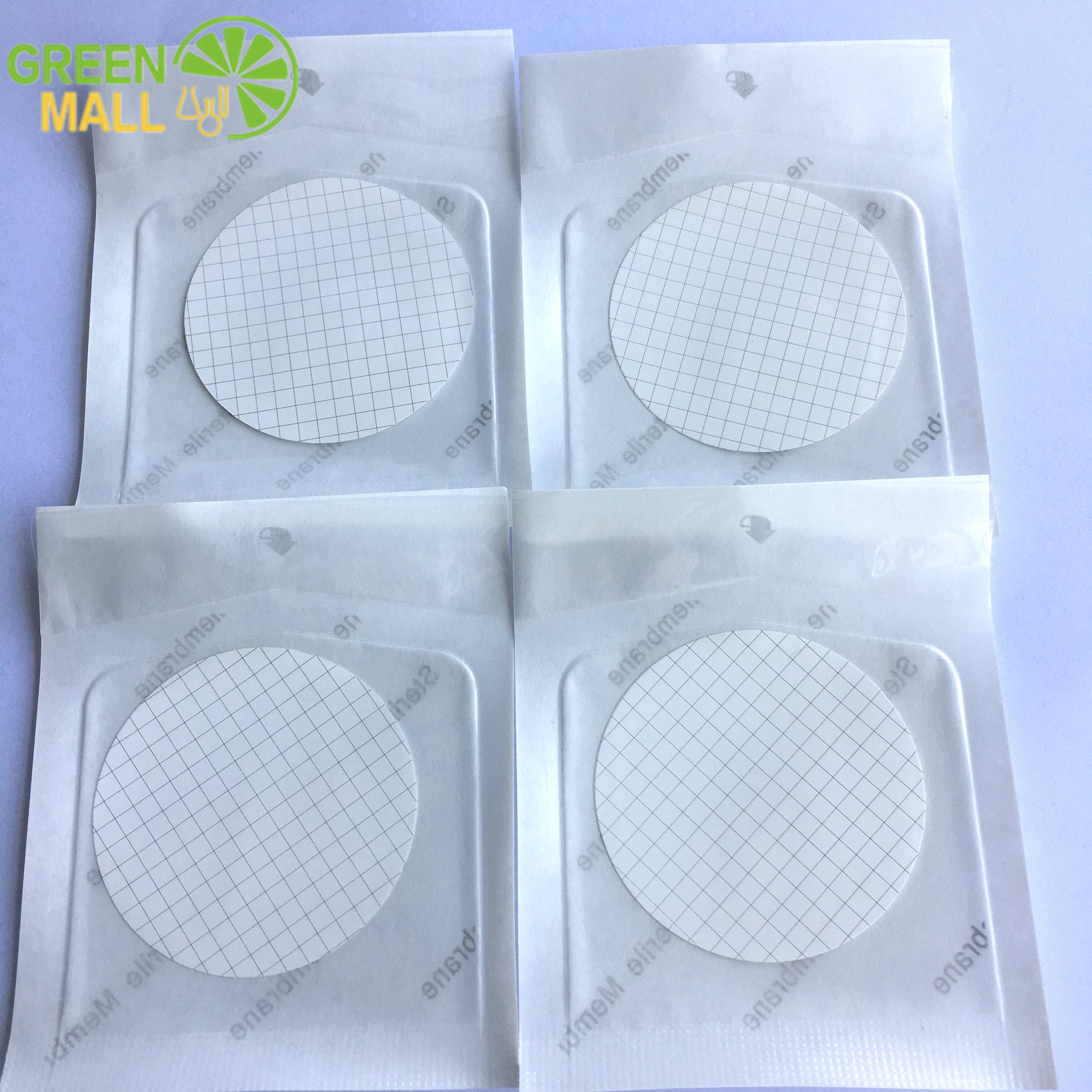membrane filtration microbiology
Membrane filtration microbiology represents a cornerstone technique in modern laboratory analysis, offering a precise and efficient method for isolating and identifying microorganisms from various samples. This methodology employs specialized membrane filters with carefully controlled pore sizes, typically ranging from 0.2 to 0.45 micrometers, which effectively trap microorganisms while allowing the liquid medium to pass through. The process begins with the sample being drawn through the membrane filter using vacuum filtration, where the microorganisms are retained on the filter surface. The membrane is then transferred to a suitable growth medium, allowing for selective cultivation and enumeration of target organisms. This technique proves particularly valuable in water quality testing, food safety analysis, and pharmaceutical quality control. The system's versatility enables it to process large sample volumes efficiently, making it ideal for detecting low concentrations of microorganisms. Advanced membrane filtration systems now incorporate automated features and standardized protocols, ensuring consistent and reliable results across different applications. The technique's ability to concentrate microorganisms from dilute samples while maintaining their viability has made it an indispensable tool in environmental monitoring, clinical diagnostics, and industrial quality assurance programs.

